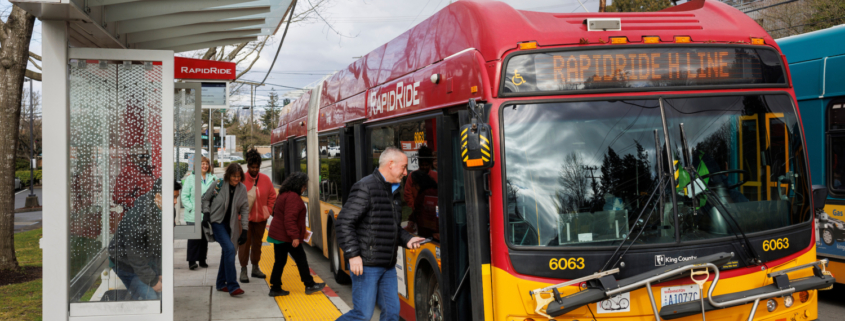Advancing Sustainable Transit: Highlights from Envision-Verified Projects
11-August-2025
The APTA Sustainability/Operations Planning and Scheduling Workshop begins next week in Denver, bringing together public transportation professionals to explore innovative strategies in sustainability and service planning. This event offers a valuable opportunity for sustainability practitioners, planners, and policymakers to engage and explore current challenges and help shape a resilient, efficient, and future-ready transit system.
The Institute of Sustainable Infrastructure (ISI) is proud to support a growing community of transit agencies using the Envision Sustainable Infrastructure Framework. Envision is a comprehensive tool that helps professionals plan, design, and deliver more sustainable projects of all types and sizes. Envision is a decision-making tool that is used by infrastructure owners, engineers, designers, architects, planners, contractors, and other stakeholders to evaluate projects across a broad range of sustainability indicators, or “credits,” that address environmental, social, and economic dimensions of sustainability to encourage systemic change.
While transit projects are inherently sustainable, many agencies apply Envision to further challenge themselves, benchmark performance, and validate their practices. To date, more than two dozen Envision-verified transit projects have been completed across the United States, Canada, and Italy. A few are highlighted below. To explore the full list, visit our Project Awards Directory.
Kansas City Streetcar, Kansas City, MO, USA
Verified Envision Platinum in 2016, the Kansas City Streetcar was the first transit project to earn Envision verification. Developed to support downtown revitalization following voter-approved funding in 2011, the project enhances mobility in a dense urban corridor that serves 65,000 employees, 4,600 residents, and over 10 million annual visitors. It provides “last mile” connectivity to regional transit, integrates with bike and pedestrian infrastructure, and offers a car-free alternative. The design prioritizes public space, urban aesthetics, and neighborhood character to improve overall quality of life.
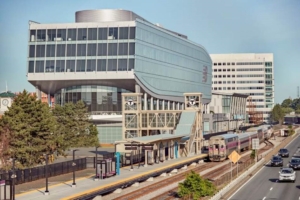
MBTA, MassDOT, NB Development Group, Boston Landing Station, Brighton, MA, USA; Envision Silver (v2) 2017
Boston Landing Station, Brighton, MA, US
Verified Envision Silver in 2017, Boston Landing Station was recognized for excellence in the Quality of Life category. The project restored commuter rail service to the Allston-Brighton neighborhood after more than 45 years, reconnecting the community to Boston’s transit system. Developed through close stakeholder collaboration, the station improves access to downtown and enhances overall safety, delivering a net positive impact on the surrounding area.
Naples–Bari Railway, Frasso Telesino–San Lorenzo Section, Naples, Italy
Verified Envision Platinum in 2019, this was Italy’s first Envision-verified transit project. Part of the strategic Naples–Bari corridor, the Apice–Hirpinia section plays a key role in enhancing regional, metropolitan, and long-distance rail connections. The project improves travel efficiency, boosting rail competitiveness, and fostering greater integration between the South, North, and broader European network. The expansion supports long-term socio-economic development in southern Italy by enhancing commercial, cultural, and tourism exchange across connected urban areas.
Westside Subway Extension, Section 1, Los Angeles, CA, USA
Verified Envision Platinum in 2019, Section 1 of the Westside Subway Extension (Purple Line) is a major infrastructure project adding 3.92 miles of twin tunnels and three new stations at Wilshire/La Brea, Wilshire/Fairfax, and Wilshire/La Cienega. Located beneath some of Los Angeles’ busiest corridors, this $1.6 billion extension provides a quick, reliable transit option to ease congestion while delivering economic and environmental benefits. The project also enhances access to local businesses, cultural institutions, and key attractions in a vibrant area with high-traffic.
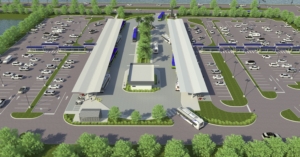
Miami-Dade County, Tamiami Station Park-and-Ride/Bus Terminal Facility, Miami, FL, USA; Envision Silver (v2) 2020
Tamiami Station Park-and-Ride/Bus Terminal Facility (Tamiami Station), Miami, FL, USA
Verified as Envision Silver in 2020, the Station is a key component of Miami-Dade County’s East-West Corridor transit expansion. Serving the SR 836 Express Bus Service, the facility connects commuters to major destinations including downtown Miami and the Miami Intermodal Center. Designed as a hub for multiple bus routes, the station offers a safe and convenient alternative to driving, helping reduce traffic congestion. The project also supports broader urban development goals, serving as a catalyst for a Community Urban Center focused on compact and efficient growth.
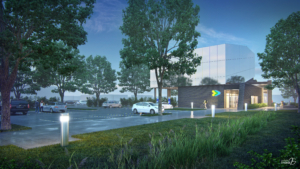
STM Côte-Vertu Garage, Montréal, QB, Canada; Envision Platinum (v2) 2021
STM Côte-Vertu Garage – Montréal, Québec, Canada
Verified Envision Platinum in 2021, the STM Côte-Vertu Garage is an underground facility designed to meet multiple operational needs for Montréal’s metro system. It provides additional train storage at the end of the Orange Line, creates dedicated space for train maintenance, and helps alleviate pressure on a busy and expanding network. The project increases system capacity, allowing up to 25% more frequent service during peak hours and supports future growth, including the planned Blue Line expansion.
SVBX Berryessa Transit Center – San Jose, California
Verified Envision Platinum in 2021, the Berryessa Transit Center is a multi-modal regional hub developed as part of the first phase of VTA’s BART Silicon Valley (BSV) Program. Located in northeast San Jose, the center enhances transit connectivity and supports long-term urban planning in the area. The project replaced 4.5 acres of concrete and industrial buildings with a restored creek corridor, including 920 feet of realigned channel, daylighted segments, and over an acre of new wetland habitat—in an effort to improve ecological value and enable passage for fish like the threatened Central California Coast steelhead.
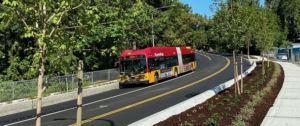
King County Metro, RapidRide H Line, Seattle, WA, USA; Envision Platinum (v3) 2024
RapidRide H Line – King County, Washington
Verified Envision Platinum in 2024, the RapidRide H Line improves the speed, frequency, and reliability of Metro’s expanding bus rapid transit network through consolidated stops, dedicated lanes, and all-door boarding. New station shelters enhance rider safety, wayfinding, and environmental performance while lowering maintenance costs. The project transformed one of King County’s busiest and most overcrowded routes into a high-frequency service, running every 10–15 minutes throughout the day. Extensive community engagement—including multilingual outreach and collaboration with local organizations—shaped key decisions on routing, stop locations, and safety improvements. This collaboration supports the creation of a more mobile, equitable, and resilient community.
Times Square Shuttle – New York, New York
Recognized as Envision Verified in 2025, the Times Square Shuttle project reconstructed key portions of the 42nd Street Shuttle to improve circulation, safety, and accessibility at New York City’s busiest subway complex. The project reconfigured platforms, widened corridors, and increased train capacity by 20% to reduce congestion and streamline operations. These improvements enhance access to jobs, education, and services while aligning with ADA guidelines. By strengthening system integration and promoting more efficient and accessible mass transit, the project supports a more sustainable and connected New York City.
As public transit evolves to meet growing demands for sustainability, resilience, and equity, the Envision framework continues to play a vital role in guiding and validating transformative projects worldwide. From revitalizing urban corridors to enhancing multimodal connectivity and ecological restoration, these Envision-verified transit initiatives demonstrate how thoughtful design and community engagement can create efficient, accessible, and future-ready transportation networks. These projects serve as inspiring examples of what’s possible when innovation meets sustainability in transit planning, design, and construction.

